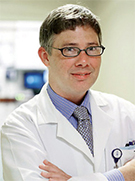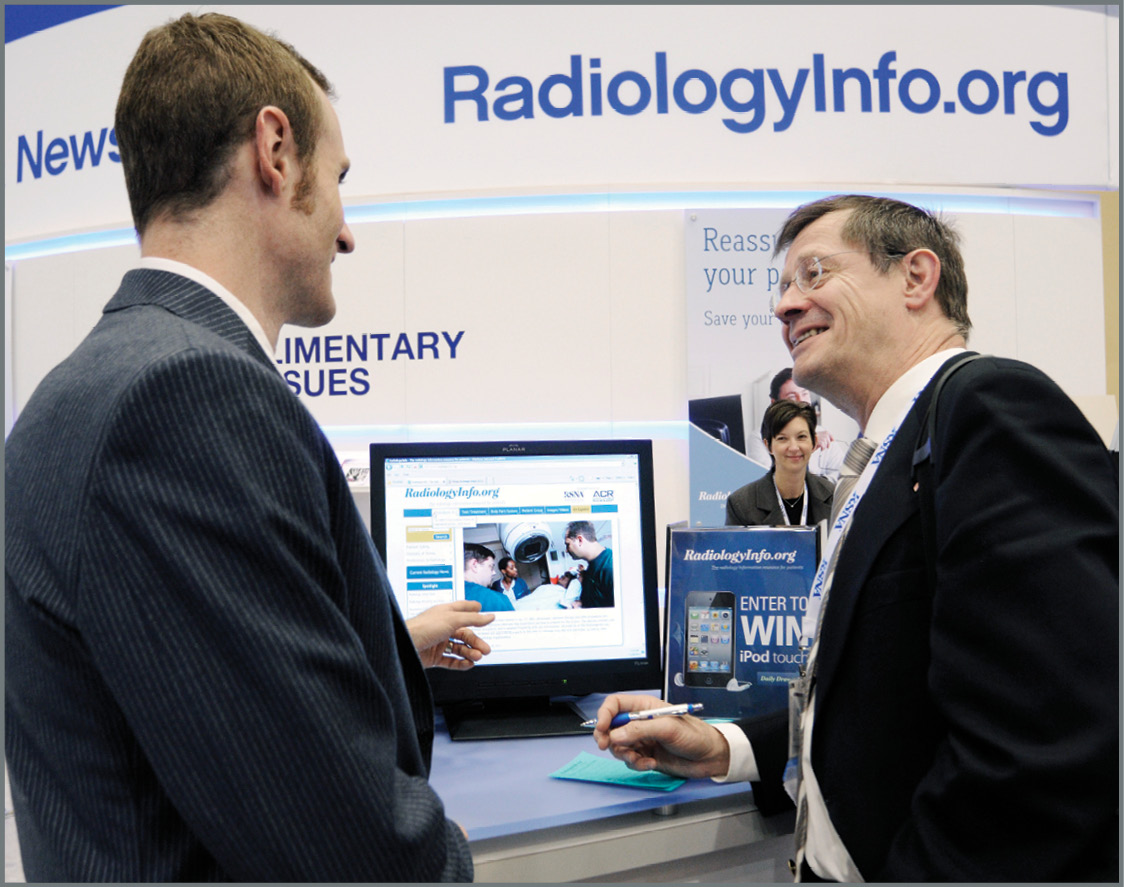Cancer Patients Want More Information About Medical Imaging Risk
Research shows patients want more information about the risks and benefits associated with radiation exams


While acknowledging the importance of imaging tests in their treatment, cancer patients want more information about the risks and benefits associated with radiation in the exams they undergo, according to recent Radiology research.
The results also point to the need for a tiered approach to patient-centered communication, allowing patients to pick and choose the resources best suited for them, according to researchers.
Despite the widespread prevalence of imaging, research has shown that patients often do not receive information on radiation used in some exams and, as a result, may have poor understanding of its risks and benefits, said lead author Raymond H. Thornton, M.D., an interventional radiologist at Memorial Sloan Kettering Cancer Center in New York City.
“Radiation is invisible and measured in units foreign to most people,” Dr. Thornton said. “The concepts are difficult; for example, one needs to understand the baseline lifetime risk of cancer in order to introduce the idea of possible incremental risk related to radiation exposure, and then to frame that incremental risk in terms that make sense to an individual patient.”
Studies of patient perspectives on this topic are limited, making it difficult to develop models for shared decision making between patients and physicians, the authors say.
Dr. Thornton and his colleagues at Memorial Sloan Kettering examined more than nine hours of conversation with 30 people who had undergone medical imaging exams. The study group was divided among patients in six focus groups, including five groups of cancer patients and one group of participants in a lung cancer screening program.
Results showed that many participants were lacking in knowledge about imaging tests even though they had undergone frequent examinations. Some were unsure if radiation was used in mammography, bone scans and stress tests, and many were uncertain if MRI scans contained radiation.
Tiered Approach to Patient-Centered Communication
Participants expressed a desire for a wide range of information, including the rationale for choosing specific tests, testing intervals and testing alternatives. Nearly all the patients wanted to understand how tests like PET, CT and MRI differ and what governs selection of one over another, or why multiple tests are sometimes ordered. The desire for information was strongest among patients who had made the transition from treatment to survivorship.
“The variety of individual patient’s desires with regard to this information was remarkable, as was the evolution of information needed as patients pass from active treatment to survivorship,” Dr. Thornton said.
There was no consensus among participants as to how they wanted to receive information. Some subjects preferred written take-away materials or website links, while others wanted direct conversations initiated by their personal physicians or access to radiologists and medical physicists for more in-depth discussions.
The findings lend support to a tiered approach for patient-centered communication that would provide all patients with information and offer additional resources to those seeking them.
“Because there is no ‘one size fits all’ approach, the best opportunity to improve patient care is to respond to the wide range of desires with an appropriately wide-ranging variety of information, then allow the patient to choose what best suits his or her needs,” Dr. Thornton said.
Part of that effort would involve access to patient-friendly written materials in physician offices and radiology waiting rooms as well as easy links to basic information about radiation through the portals where patients view their imaging appointments and results.
“In fact, these multiple channels for provision of complementary information are consistent with gold standard healthcare communication strategies,” said the study’s senior author Jennifer Hay, Ph.D., a behavioral scientist at Memorial Sloan Kettering.
Radiologists and medical physicists could aid patient communication in a number of ways, Dr. Thornton said. For example, those with a particular interest in health communications could become consultants for patients seeking more in-depth information on imaging risks and benefits and/or assist in content development for Internet sites such as RadiologyInfo.org (See below) that referring physicians and radiologists can recommend to patients.
Radiologists could also promote programs to help non-radiologist physicians become comfortable discussing radiation risk with patients.
“I think the radiology community has done a good job of increasing radiologist and public awareness, especially in terms of the Image Wisely® and Image Gently® campaigns,” Dr. Thornton said. “Perhaps we can follow up with a program to help referring physicians feel confident and comfortable enough to engage in basic discussions about this topic with their patients.”
For example, radiologists could help develop continuing medical education (CME) programs centered around the risk-benefit issues appropriate for primary care, emergency room physicians and oncologists, and take advantage of opportunities to speak about this topic to medical students, residents and staff.
Study participants largely agreed that having information about possible future risks from radiation probably would not alter their decision to proceed with a recommended test. They expressed appreciation for the imaging tests, with many emphasizing that imaging reports were a patient’s most important evidence of treatment efficacy.
Communicating With Patients Focus of RSNA 2015 Sessions
Information on patient communication is the focus of a number of RSNA 2015 sessions, including:
- “Communicating Effectively with Patients” (Sponsored by the RSNA Public Information Committee) on Monday teaches attendees how to answer patient questions about radiation dose and address concerns about risk; apply a standardized checklist to the informed consent conversation that is patient-centered, quality driven and legally sound; and effectively deliver good and bad results and disclose medical errors.
- “A New Model of Patient Care: Value Over Volume” on Monday helps attendees understand the mission and goals of RSNA's Radiology Cares®: The Art of Patient-centered Practice and the American College of Radiology’s (ACR) Imaging 3.0™ campaigns and learn tactics to put the concepts of patient-centeredness and value vs. volume into practice.
- “Tweet This: How to Make Radiology More Patient Centered” (Sponsored by the RSNA Public Information Committee) on Thursday gives attendees specific examples and strategies for harnessing the power of the Internet and social media to become more patient centered.
Registration is underway at Meeting.RSNA.org.

Web Extras
- Access the Radiology study, “Patient Perspectives and Preferences for Communication of Medical Imaging Risks in a Cancer Care Setting,” at RSNA.org/Radiology
- Access RSNA’s wide array of patient-centered resources at RadiologyCares.org